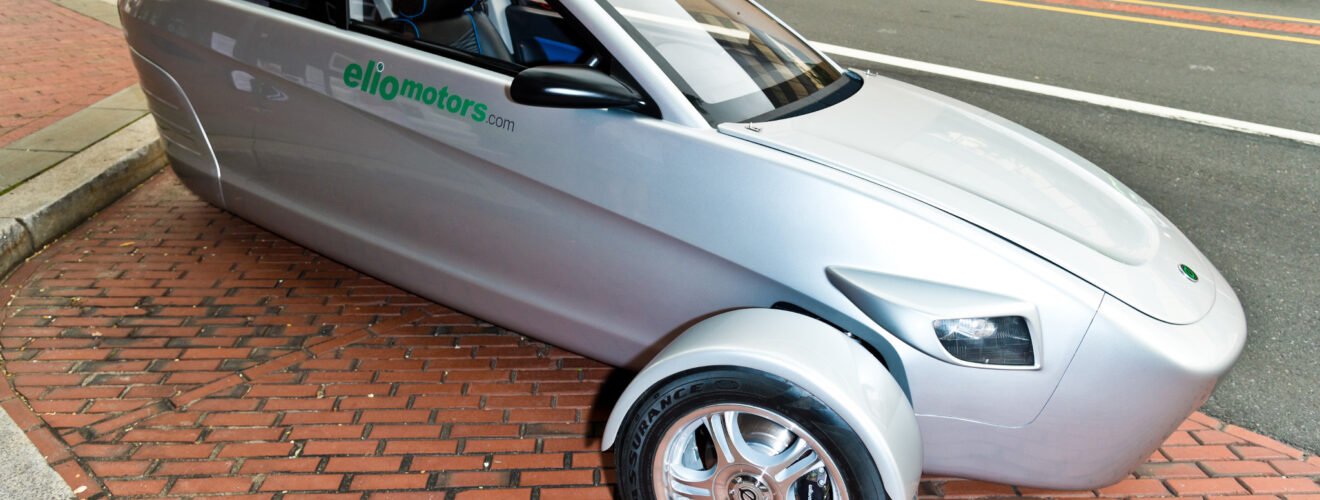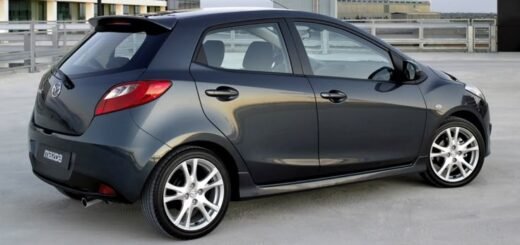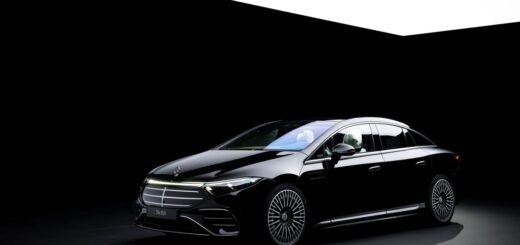Elio Motors Review: Visionary Vehicle or Vaporware?

Elio Motors once sparked immense excitement in the automotive world. With a promise to reshape personal transportation, Paul Elio—the company’s founder—launched the idea of an ultra-affordable, fuel-efficient, and compact three-wheeled vehicle. Over a decade later, Elio Motors still hasn’t delivered a single production car, yet its name lingers in conversations about innovation, missed opportunities, and unfulfilled dreams.
In 2025, the story of Elio Motors continues to unfold. Let’s dive into what Elio promised, what it attempted, how it stumbled, and whether its pivot to electric vehicles gives the brand any hope of survival.
🔧 The Original Elio Concept
Paul Elio envisioned a vehicle that would cost less than $7,500, deliver 84 miles per gallon, and function as a practical and affordable commuter car for millions of Americans. The design featured three wheels—two in the front, one in the rear—making it a motorcycle by classification, but with the comfort and safety of a small car.
The Elio featured an enclosed cabin with front-to-back tandem seating for two passengers. The vehicle promised standard car-like features, including air conditioning, power windows, airbags, and a steel unibody construction. Its 0.9-liter 3-cylinder gasoline engine would generate about 70 horsepower, allowing a top speed of 100 mph and 0–60 acceleration in under 10 seconds.
Lightweight construction, estimated at around 1,200 pounds (544 kg), would allow the Elio to maximize fuel efficiency. The company claimed that the vehicle would meet or exceed U.S. safety standards, despite its motorcycle classification, thanks to features like anti-lock brakes and crumple zones.
📆 Missed Deadlines and Broken Promises
Between 2009 and 2015, Elio Motors gained momentum. It secured over 27,000 reservations and promised production at a former General Motors plant in Shreveport, Louisiana. It publicly announced production launch dates, starting with 2012, then shifting to 2015, 2018, and eventually to 2019.
None of those dates came to fruition.
The company consistently revised its launch timeline but failed to manufacture even a limited batch of vehicles. Elio continued to take reservation deposits, marketing aggressively to people attracted to the vehicle’s low price and high efficiency.
By 2016, Elio Motors had burned through much of its initial funding and faced over $120 million in accumulated deficits. Cash reserves fell dangerously low, at times below $100,000, while liabilities and unpaid obligations piled up. The company’s SEC filings confirmed a grim financial picture.
📉 Investor Frustration and Public Distrust
Elio Motors tried to stay afloat by launching a Regulation A+ IPO in 2016, raising funds from individual investors rather than institutional backers. The IPO initially valued the company at nearly $1 billion, but public perception soon soured.
The longer Elio delayed production, the more frustrated its reservation holders and investors became. Forums, comment sections, and consumer complaint websites filled with accusations of fraud, mismanagement, and broken promises. Some customers attempted to contact the company for refunds or updates but received no meaningful responses.
Consumers began to view Elio as the poster child for failed crowdfunded ventures. Its critics branded the company as “vaporware”—a firm that sold ideas but never executed. A few optimistic supporters still hoped the company could pull off a miraculous comeback, but trust had eroded.
⚡ Pivoting to Electric: Elio-E
In 2021, Elio Motors announced a major shift. The company scrapped plans for the gasoline-powered model and introduced the Elio-E, an electric version of the three-wheeled vehicle.
The Elio-E promised a 150-mile range, a top speed of 110 mph, and a starting price of around $14,900—almost double the original gasoline version’s target. Elio retained core features from its initial concept, including airbags, tandem seating, and a compact footprint.
Executives claimed the pivot aligned with the growing EV market and customer preferences. They promised to open sales centers in major U.S. cities and launch production within a few years.
However, critics and analysts remained unconvinced. The company did not reveal any manufacturing partnerships, new factory developments, or working prototypes available for public testing. Elio did not present detailed funding plans or firm delivery dates.
💸 Financial Reality: Still Bleeding
By 2024, financial disclosures revealed a dire situation. Elio Motors carried over $30 million in liabilities and held negligible cash reserves. The firm had no steady revenue, no production-ready models, and no strategic manufacturing alliances.
Analysts considered Elio’s stock worthless. The company failed to file updated reports, and its website went offline for several months before returning with outdated or broken content. Public relations ceased, and founder Paul Elio shifted focus to other ventures, including a Phoenix-based used vehicle startup.
Reservation holders expressed their disillusionment. Many accepted that their non-refundable deposits were lost. Others continued to call for investigations and legal action.
🔍 Industry and Public Reaction
Elio’s story resonated far beyond automotive circles. It became a cautionary tale for the crowdfunding industry. Regulatory watchdogs pointed to Elio as a case study in how lack of transparency, unrealistic promises, and insufficient oversight can lead to long-term damage.
Public sentiment in 2025 remains overwhelmingly negative. Auto journalists, Reddit users, and consumer advocates criticize the brand for misleading marketing, irresponsible leadership, and unkept promises.
Some consumers still hope for a turnaround, especially if a major investor rescues the project. However, industry experts agree that no credible production plan exists. Without a massive capital infusion and transparent restructuring, Elio cannot deliver any vehicles—electric or otherwise.
🔭 Current Status in 2025
As of mid-2025, Elio Motors remains inactive in all key areas:
- No production lines operate.
- No vehicles have reached customers.
- No public-facing company officers provide updates.
- The official website lacks current or verifiable content.
- Reservation systems remain online but unresponsive.
Elio still claims to be working toward production, but no evidence supports that claim. The factory in Shreveport sits unused. No third-party manufacturing partner has stepped in. The company has filed no new patents or innovations in the past year.
In short, Elio exists—barely. But its relevance continues to fade.
✅ Final Verdict: What Elio Teaches Us
Elio Motors started with a bold idea: give everyday people access to fuel-efficient, affordable, and stylish transportation. The company’s concept made sense, and early support proved widespread enthusiasm for that idea.
But Elio failed to execute.
The company overpromised, underdelivered, and operated with little accountability. Its repeated timeline shifts and lack of transparency destroyed consumer trust. The pivot to electric vehicles arrived too late, without funding or structure to back it.
In 2025, Elio Motors no longer inspires hope. It serves as a warning to other startups: vision means nothing without execution, and trust—once broken—is nearly impossible to rebuild.













